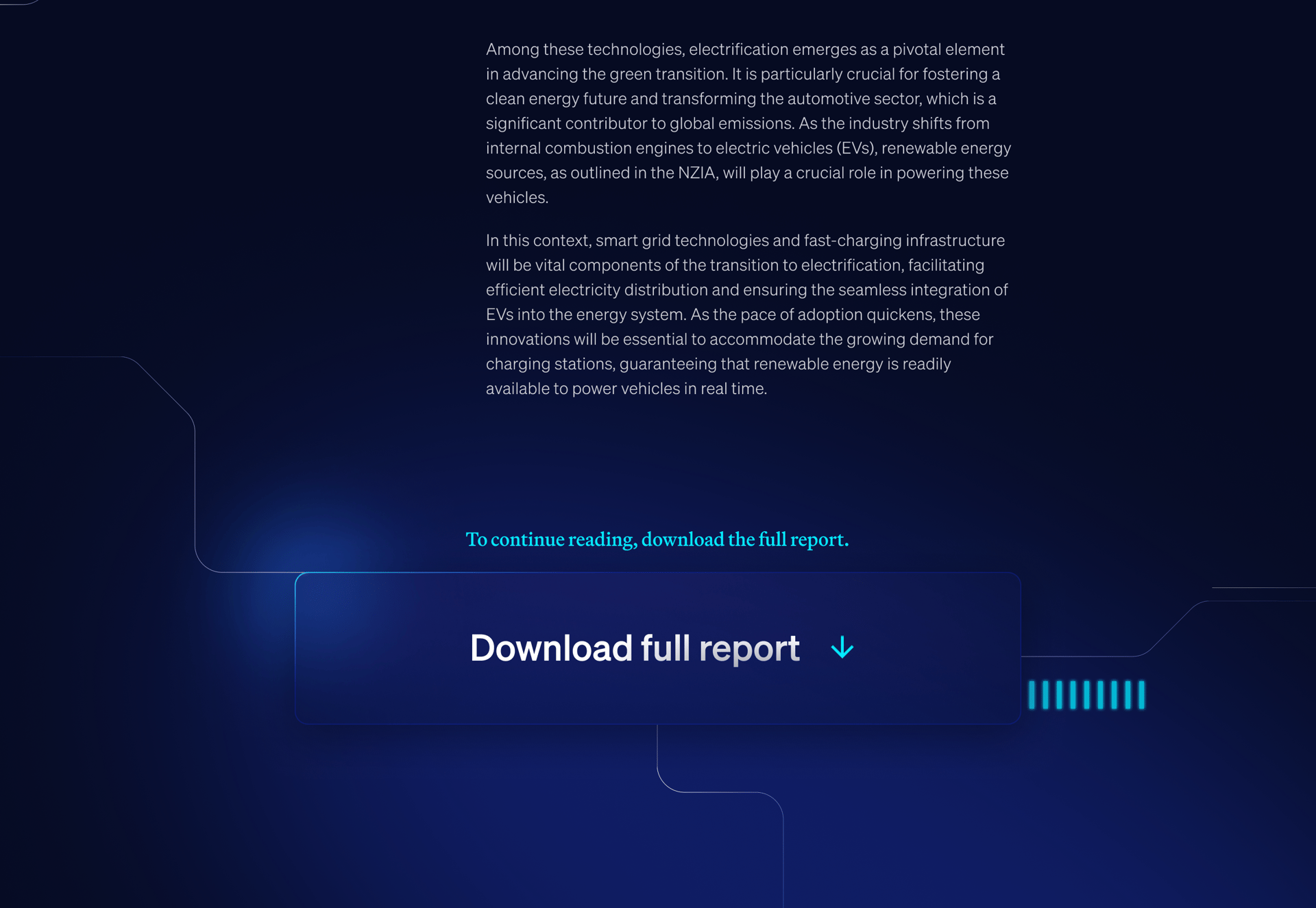















presented by
The POLITICO Research & Analysis Division’s report, supported by BMW, explores these challenges through Mario Draghi’s insights on EU competitiveness, highlighting Europe’s reliance on China for vital resources essential to its clean energy future.
The report outlines the urgent need for strategic policies and investments, underscoring the importance of supply chain resilience and innovation as Europe strives to assert its leadership in sustainable mobility and green technology.
Europe’s cleantech ambitions are at a critical crossroads, with unprecedented stakes for reshaping its position on the global stage.
INTRO






Shifting gears on Europe’s race for global competitiveness







As the EU pushes to lead the global green transition, its dependency on China for vital minerals like lithium and rare earths poses a serious risk to its clean-energy ambitions and exposes Europe to potential geopolitical and supply chain shocks.
IN BRIEF



In his latest report, Mario Draghi underscores Europe’s precarious position, highlighting that China’s control over critical automotive resources reflects Europe’s delayed policy responses and sluggish supply chains, putting it at a disadvantage compared to the U.S. and China.



Facing pressures from offshoring and state-backed competitors, the EU must adopt an industrial action plan that strengthens supply chain resilience from raw material sourcing to recycling and invests in clean technology and EV infrastructure.



President Ursula von der Leyen’s “Clean Industrial Deal' aims to marry the EU’s climate ambitions with economic resilience, but the challenges ahead mean even this bold initiative may fall short of securing Europe’s green leadership.



Climate czar Wopke Hoekstra’s and Teresa Ribera’s push to support SMEs in renewables and counter unfair foreign competition are part of efforts to embed sustainability into the EU’s industrial core. While Hoekstra’s ambitious targets may signal the end of fossil fuel incentives, the EU must accelerate investment in EV infrastructure to meet soaring demand, as current commitments lag behind those of foreign competitors.



Europe’s efforts to lead in clean transport innovation face significant hurdles, including volatile raw material prices and potential supply chain bottlenecks. The challenge is to turn this innovation into affordable electric mobility for European consumers.



The Draghi Report is a stark reminder of the EU’s reliance on China and the urgent need for strategic action to safeguard Europe’s competitiveness. Without decisive moves, the EU risks falling behind in the global race for clean technology, threatening both its economic stability and environmental goals.
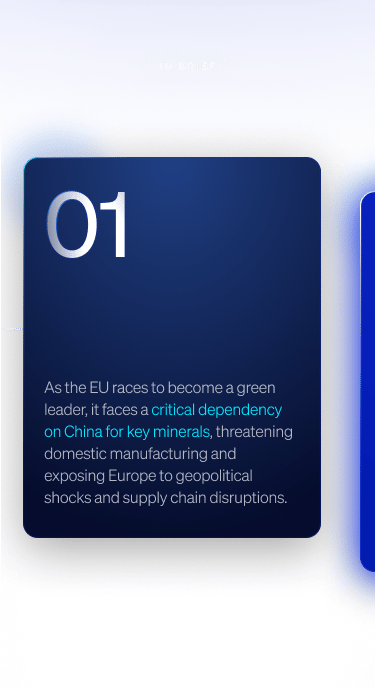
Keep scrolling to continue...


SECTION 1

Evolving paradigms in EU competitiveness policy


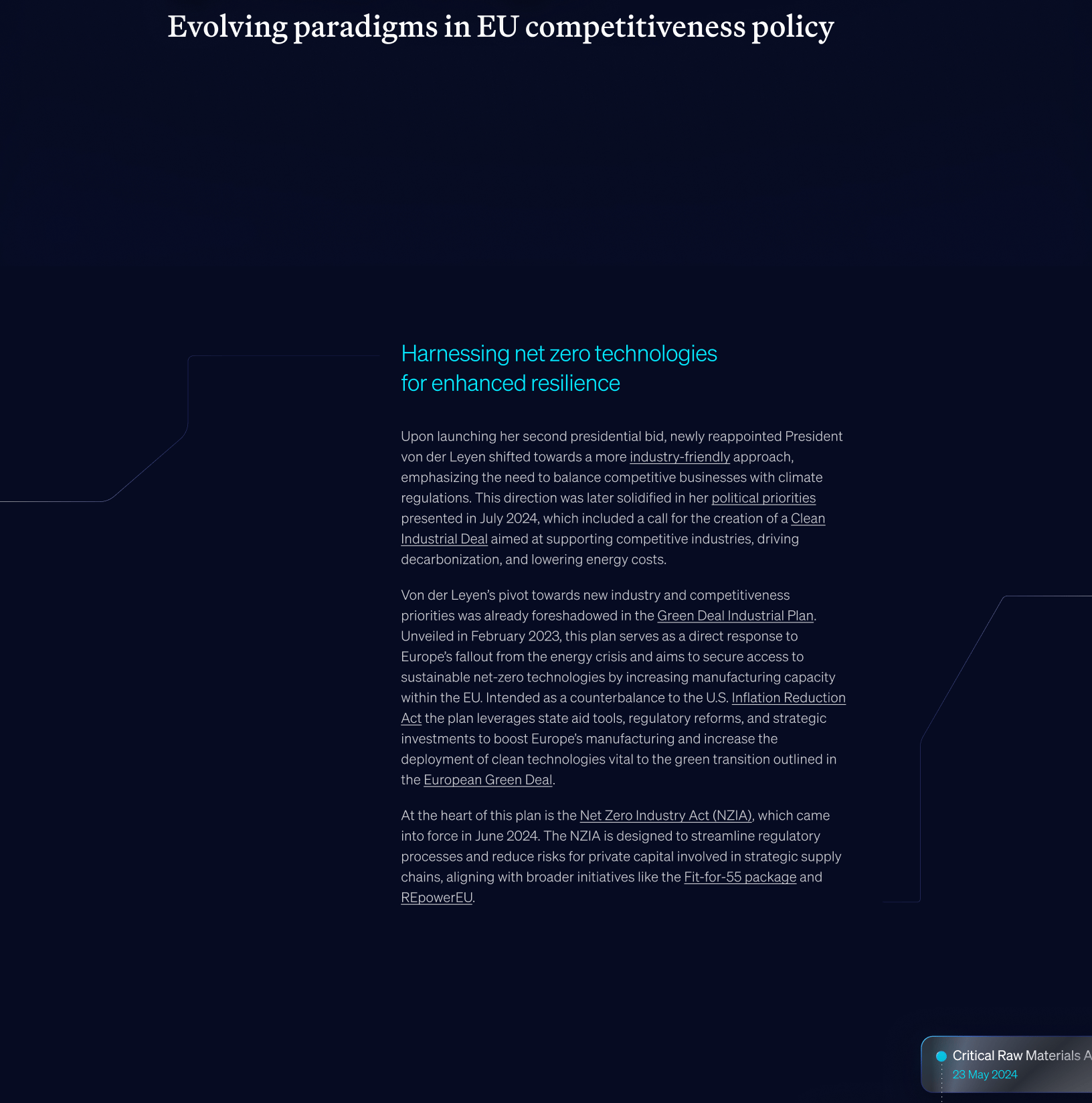
Harnessing net zero technologies for enhanced resilience
Upon launching her second presidential bid, newly reappointed President von der Leyen shifted towards a more industry-friendly approach, emphasizing the need to balance competitive businesses with climate regulations. This direction was later solidified in her political priorities presented in July 2024, which included a call for the creation of a Clean Industrial Deal aimed at supporting competitive industries, driving decarbonization, and lowering energy costs.
Von der Leyen’s pivot towards new industry and competitiveness priorities was already foreshadowed in the Green Deal Industrial Plan. Unveiled in February 2023, this plan serves as a direct response to Europe’s fallout from the energy crisis and aims to secure access to sustainable net-zero technologies by increasing manufacturing capacity within the EU. Intended as a counterbalance to the U.S. Inflation Reduction Act the plan leverages state aid tools, regulatory reforms, and strategic investments to boost Europe’s manufacturing and increase the deployment of clean technologies vital to the green transition outlined in the European Green Deal.
At the heart of this plan is the Net Zero Industry Act (NZIA), which came into force in June 2024. The NZIA is designed to streamline regulatory processes and reduce risks for private capital involved in strategic supply chains, aligning with broader initiatives like the Fit-for-55 package and REpowerEU.





Harnessing net zero technologies for enhanced resilience
Upon launching her second presidential bid, newly reappointed President von der Leyen shifted towards a more industry-friendly approach, emphasizing the need to balance competitive businesses with climate regulations. This direction was later solidified in her political priorities presented in July 2024, which included a call for the creation of a Clean Industrial Deal aimed at supporting competitive industries, driving decarbonization, and lowering energy costs.
Von der Leyen’s pivot towards new industry and competitiveness priorities was already foreshadowed in the Green Deal Industrial Plan. Unveiled in February 2023, this plan serves as a direct response to Europe’s fallout from the energy crisis and aims to secure access to sustainable net-zero technologies by increasing manufacturing capacity within the EU. Intended as a counterbalance to the U.S. Inflation Reduction Act the plan leverages state aid tools, regulatory reforms, and strategic investments to boost Europe’s manufacturing and increase the deployment of clean technologies vital to the green transition outlined in the European Green Deal.
At the heart of this plan is the Net Zero Industry Act (NZIA), which came into force in June 2024. The NZIA is designed to streamline regulatory processes and reduce risks for private capital involved in strategic supply chains, aligning with broader initiatives like the Fit-for-55 package and REpowerEU.






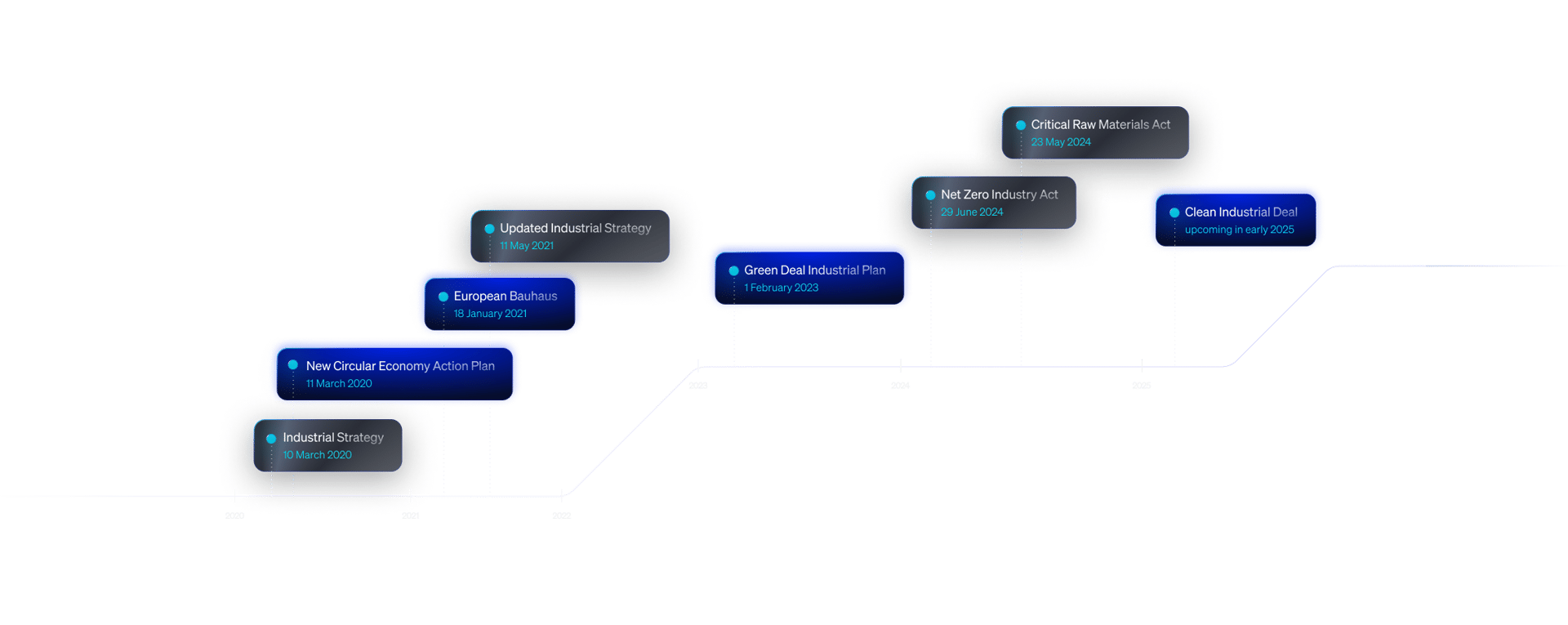


Clean Industrial Deal


Critical Raw Materials Act


Net Zero Industry Act


Green Deal Industrial Plan


Updated Industrial Strategy


European Bauhaus


New Circular Economy Action Plan


Industrial Strategy

2025
2024
2023
2022
2021
2020

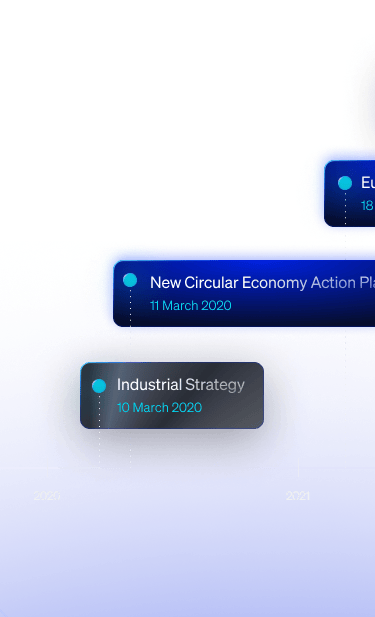
Keep scrolling to continue...
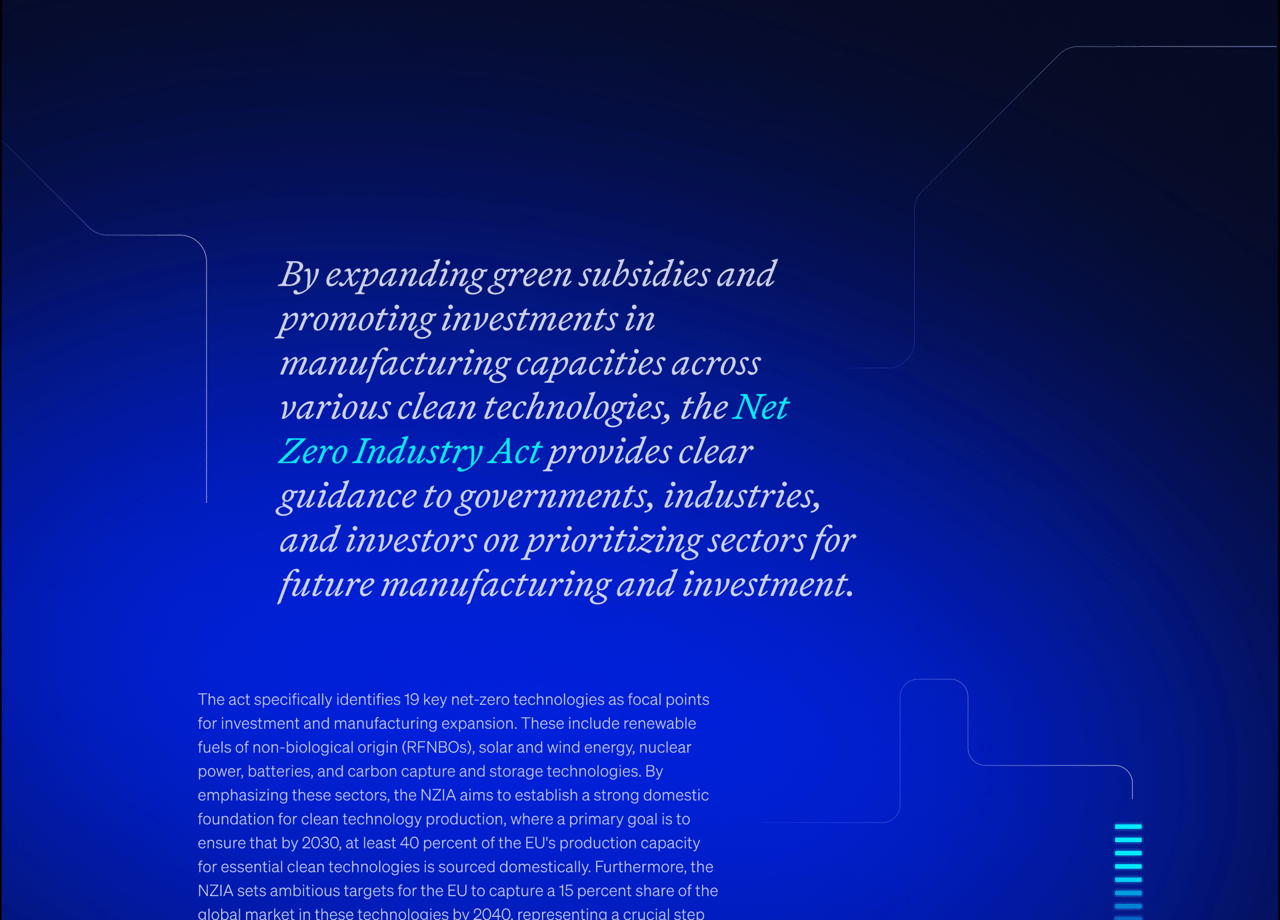



















By expanding green subsidies and promoting investments in manufacturing capacities across various clean technologies, the NZIA provides clear guidance to governments, industries, and investors on prioritizing sectors for future manufacturing and investment.
The act specifically identifies 19 key net-zero technologies as focal points for investment and manufacturing expansion. These include renewable fuels of non-biological origin (RFNBOs), solar and wind energy, nuclear power, batteries, and carbon capture and storage technologies. By emphasizing these sectors, the NZIA aims to establish a strong domestic foundation for clean technology production, where a primary goal is to ensure that by 2030, at least 40 percent of the EU's production capacity for essential clean technologies is sourced domestically. Furthermore, the NZIA sets ambitious targets for the EU to capture a 15 percent share of the global market in these technologies by 2040, representing a crucial step toward achieving the EU’s climate goals.
Net zero’s no breeze
Global forecast of clean energy technologies


Electric Cars


Electric Cars


Fuel Cell Trucks


Fuel Cell Trucks


Heat Pumps


Heat Pumps


Low-emission Electricity


Low-emission Electricity


Low-emission Hydrogent


Low-emission Hydrogent


Low-emission synthetic HF


Low-emission synthetic HF
sourced by Internal Energy Agency










Among these technologies, electrification emerges as a pivotal element in advancing the green transition. It is particularly crucial for fostering a clean energy future and transforming the automotive sector, which is a significant contributor to global emissions. As the industry shifts from internal combustion engines to electric vehicles (EVs), renewable energy sources, as outlined in the NZIA, will play a crucial role in powering these vehicles.
In this context, smart grid technologies and fast-charging infrastructure will be vital components of the transition to electrification, facilitating efficient electricity distribution and ensuring the seamless integration of EVs into the energy system. As the pace of adoption quickens, these innovations will be essential to accommodate the growing demand for charging stations, guaranteeing that renewable energy is readily available to power vehicles in real time.



To continue reading, download the full report.
